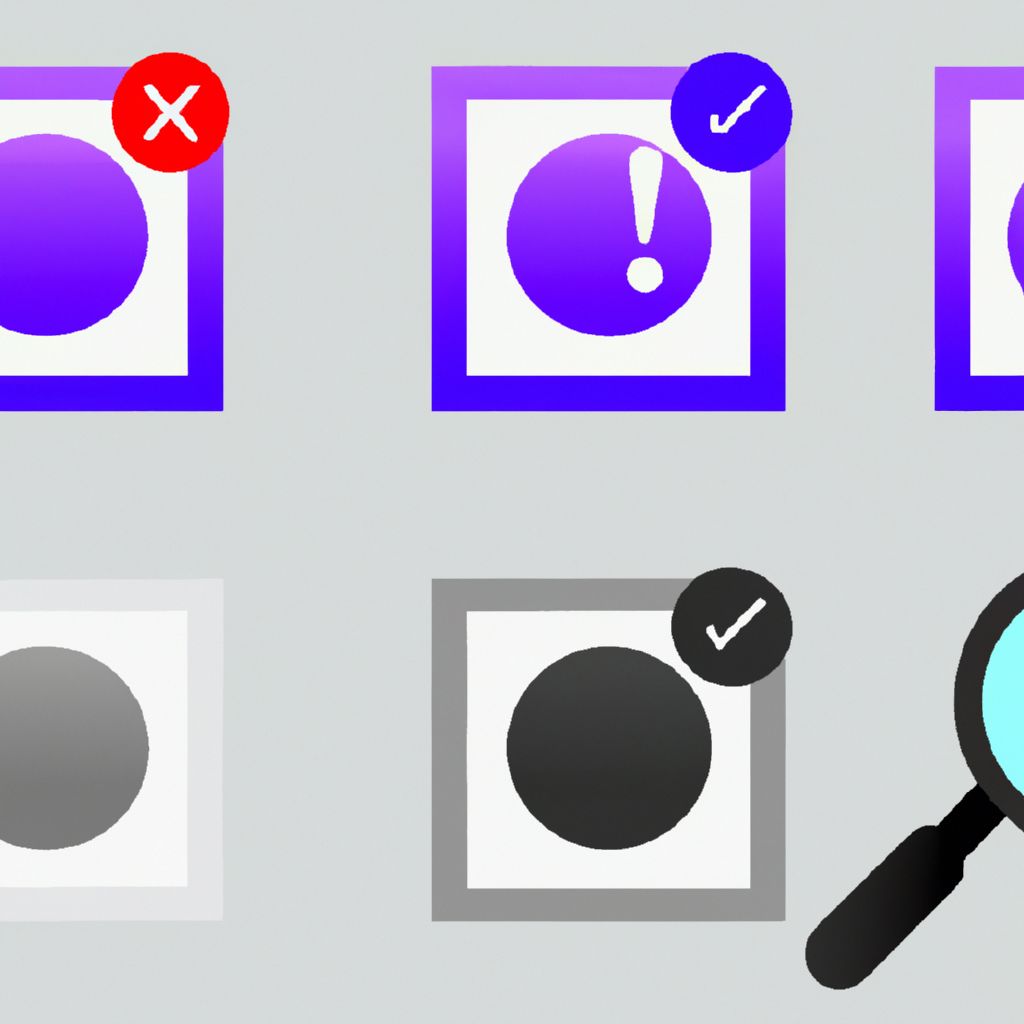Penetration testing comes in various flavors, often categorized by the amount of information provided to the testing team beforehand. While black box testing simulates an external attacker with no prior knowledge, and grey box provides partial details, White Box Penetration Testing stands at the other end of the spectrum. In a white box assessment, the testers are given comprehensive information about the target system.
This "full disclosure" approach typically includes access to:
- Source code of applications
- Architecture diagrams and documentation
- Network maps
- Credentials (potentially including administrative access)
- Configuration files
- Database schemas
Essentially, the testers have the same level of access and understanding as the development or internal IT team. This transparency allows for the most in-depth and exhaustive security review possible.
Advantages of White Box Testing:
- Maximum Thoroughness: With full knowledge of the system's internals, testers can examine every line of code, configuration setting, and architectural component for potential weaknesses. This allows for the identification of subtle or complex vulnerabilities that might be missed in black or grey box tests.
- Efficiency: While it might seem counterintuitive, knowing the system's layout can make testing more efficient. Testers don't waste time on basic reconnaissance or trying to guess system architecture; they can directly target specific functions, code paths, and configurations known to be potential weak points.
- Source Code Analysis: Direct access to source code enables static analysis (SAST) and manual code review to find vulnerabilities like insecure coding practices, logic flaws, hardcoded credentials, and subtle injection vulnerabilities that are difficult to detect externally.
- Identification of Deeper Flaws: White box testing is excellent at uncovering issues like insecure cryptographic storage, race conditions, memory leaks, and complex authorization bypasses that depend on internal application logic.
- More Precise Remediation Guidance: Because testers understand the underlying code and configuration, they can often provide more specific and actionable recommendations for fixing vulnerabilities, sometimes even suggesting code-level fixes.
Disadvantages of White Box Testing:
- Less Realistic Attack Simulation: The primary drawback is that it doesn't accurately simulate how a typical external attacker (who lacks internal knowledge) would approach the target. It might identify vulnerabilities that are technically present but practically difficult or impossible for an external attacker to reach or exploit.
- Potential for Information Overload: The sheer volume of information (especially source code for large applications) can be overwhelming and time-consuming to analyze thoroughly.
- Requires High Level of Trust: Organizations must have a high degree of trust in the penetration testing team, as they are being granted access to sensitive intellectual property and system details.
When is White Box Testing Most Appropriate?
- During Development (SDLC): Integrating white box testing and secure code review early in the software development lifecycle (SDLC) is highly effective for catching flaws before they reach production.
- Critical Applications: For high-risk applications handling sensitive data (e.g., financial systems, healthcare platforms), the thoroughness of a white box test provides the highest level of assurance.
- Compliance Requirements: Some specific compliance standards might necessitate code review or internal system audits best achieved through a white box approach.
- Root Cause Analysis: After a breach or the discovery of a significant vulnerability, a white box test can help perform a deep dive to understand the root cause and identify related weaknesses.
White Box vs. Black Box vs. Grey Box
- Black Box: No prior knowledge. Simulates external attacker. Good for finding externally obvious flaws.
- Grey Box: Partial knowledge (e.g., user credentials). Simulates privileged user or attacker who gained initial access. Balances realism and efficiency.
- White Box: Full knowledge. Simulates insider or developer access. Most thorough, best for finding deep/complex flaws.
Conclusion
White Box Penetration Testing offers an unparalleled depth of analysis by providing testers with complete visibility into the target system. While it may not perfectly replicate an external attacker's perspective, its ability to uncover complex, subtle, and deeply embedded vulnerabilities makes it an invaluable tool, particularly for securing critical applications and integrating security early in the development process. By leveraging full system knowledge, white box testing provides the highest level of assurance against a wide range of potential security flaws.
Disclaimer: This post represents the view of the individual author that wrote it and not necessarily the view of Rarefied Inc.
Looking for professional security testing?
Based on your interest in this topic, you might benefit from our specialized security services:
